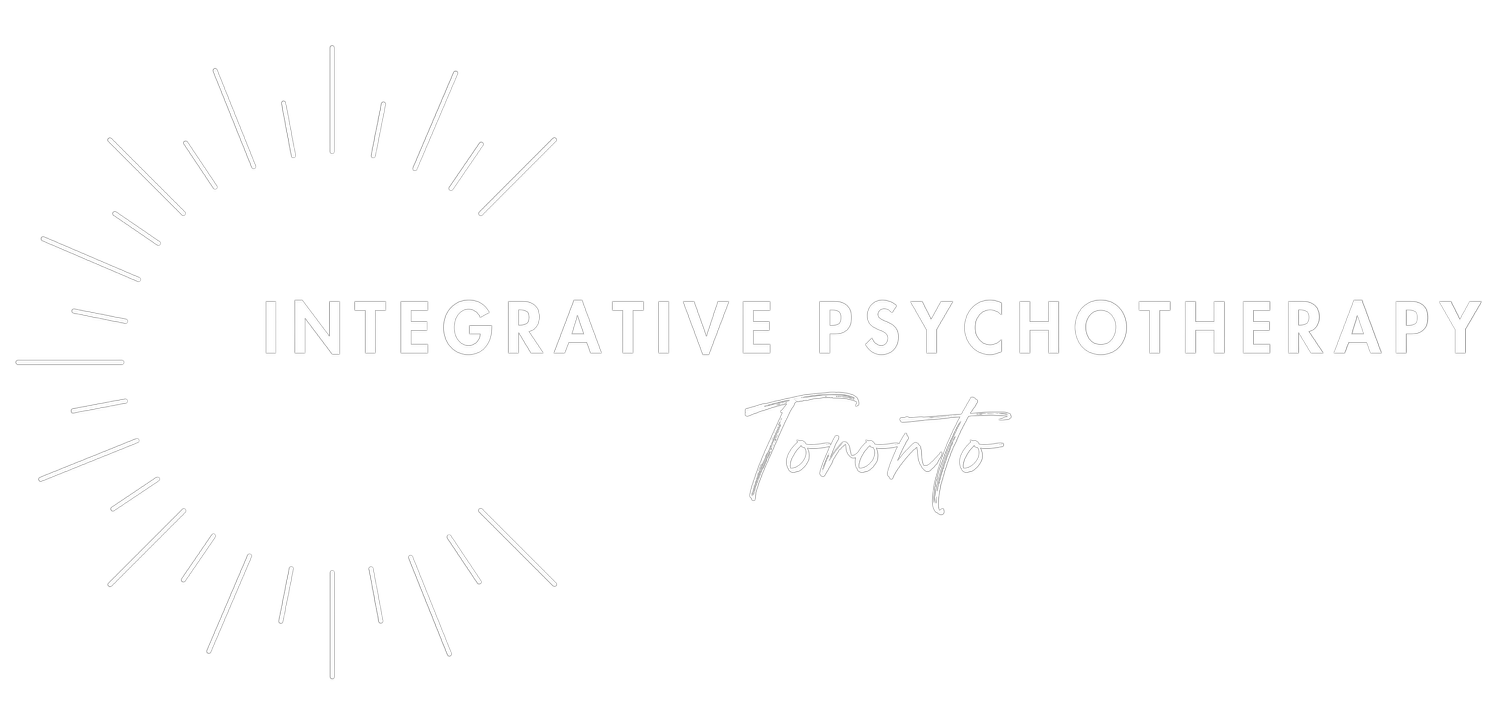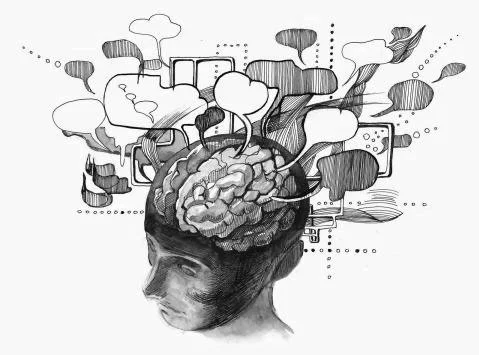How to feel your feelings
Key points:
This is the blog version of my video How To Feel Your Feelings: Part 2. If you’re more of a tl;dr kind of person, you may prefer the video.
We’re not taught how to feel our feelings. In fact, a lot of the time, we’re taught not to feel our feelings. RAIN is a deceptively simple, incredibly powerful 4 step practice to help us actually feel the feels.
The I is for Investigate. This is where we actually go into the experience of our feelings. We move from the concept (upstairs brain) of an emotion, into the actual experience (downstairs brain) of it.
The N is for Nurture. This is where we tend to the feeling and take care of the experience.
The Conversation
This is part 2 of a 2 (maybe more) parter on how to go about feeling your feelings.
We left off last time with a client who had been told she wasn’t “feeling her feelings” and found that a bit of an exasperating comment when no one was telling her how to actually do that. Which led us to chatting about RAIN, which is a 4 step practice for feeling and tending to our feelings.
Last time we covered the R and the A, so if you haven’t watched that video yet, pause here, go watch it, otherwise you’ll be very confused about the random sound effects.
So, we’ve Recognized and Allowed, next up is the part where we actually experience our feelings, and to do that, we go into them, we investigate them.
I is for Investigate
The I is for Investigate. And the sound it makes is Hmmmmmmm. We get curious about the experience.
Now there’s a potential trap here… We are investigating What we are feeling, NOT Why we are feeling it. The Why is going to take you into a story, a narrative of what happened to make you feel this way. It’s going to take you into the upstairs brain and into thinking about or analyzing your feelings, not into actually feeling them.
It’s the What, what we’re actually experiencing that we’re going go Hmmmmmmm and curiously investigate.
There are 3 basic building blocks of experience: sensations, emotions and thoughts. Experiences are made of these three elements. So that’s a good place to start your investigation.
What are the sensations? Start simple… is it open or closed? Expansive or contracted? If it’s closed or contracted, is there a quality to that? Is it tight or heavy or is there a pressure? Maybe there’s a temperature to it… maybe it’s warm or cool or neutral. Is there movement to it? Does it buzz or pulse or churn, or is it still?
Slow down. Take your time with this.
The point is to really get to know the experience, to actually feel the feelings that are happening. Maybe as you sense into it, you can even start to get a visual or an image. Maybe you can visualize the energy of that feeling, maybe it has a colour, or maybe there’s an image of that part of you.
Is there an emotion that goes with that feeling? If that feeling had a facial expression, what would it be?
And if that feeling could speak in words, what would it say? What story is it telling? What beliefs does it hold?
You don’t have to answer all those questions. You just want to get to know the feeling. Not the concept of the feeling (“I’m angry”) but the actual experience of the feeling. Genuinely be curious about “what is this experience like?”
So, in my example -
Ah Ha! Defensive.
MmmmHmmm. Soften. And this too.
Hmmmmmmm. Contraction. Tightness. Heat. Hardening in my jaw and chest. Anger. Outrage. Righteousness. A story about how I’m right and they’re wrong and how dare they criticize. A part of me that’s so not ok with being wrong.
Now for the N.
N is for Nurture
The N is for Nurture. And the sound it makes is Awwwwwww.
This is about responding compassionately.
If you’ve seen my videos on self compassion, you already know why this is important. If you rolled your eyes or wanted to gag when I said “respond compassionately,” I’m sorry to tell you, you’re going to have to get over yourself. As a recovering cynic and someone who spent decades believing tough love and being hard on myself was a mark of strength, I get the cringe response. But I was wrong. Very, very, very wrong. If you need convincing, check out my videos on the neurology of self compassion.
So what does it mean to respond compassionately? This can take a lot of forms. So many, in fact, that I’m going to do a few more videos on just the N’s of RAIN. But one compassionate response that will never lead you astray is Kristin Neff’s 3 step practice that I outlined in my video on self compassion practices, which I’ll link here.
You could also think about how you might respond to a dear friend or a kiddo or a beloved pet.
For myself, I riffed off Kristin Neff’s practice to nurture that part of me that was so triggered by the possibility of being wrong. I connected to the common humanity of the experience and put a hand where I felt the contraction. Just by nature of being mammals, our nervous systems respond to touch. I also happen to know enough about this part of me to have a sense of what it needs - to know that being wrong or having made a mistake doesn’t mean I’m bad or that I’ll be punished, the way it did at one time. It’s not unsafe anymore.
As we do this practice over and over again, we get a deeper and deeper understanding of ourself. As we investigate, we may start recognize what parts of us need and that can inform what it looks like to respond compassionately.
Now there’s a potential trap here, too.
You are not trying to fix it. You are not trying to get rid of it. If you try to do this from a place of aversion, or trying to make it go away, it will not work. Sometimes I use the example of holding a crying baby. May they’re screaming their head off and you haven’t slept and you’re exhausted and all you want is for the baby to shut up, but if you come from that place, if you hold them and rock them that way, with tension in your hands and arms and your body braced, they’re only going to scream louder.
If you have an agenda, you’re in a control relationship, and nothing in this world likes to be controlled. Don’t nurture it from a place of trying to control it, it will know! Your humanity doesn’t want to be fixed, it wants to be witnessed and held.
We’ve all had that experience, where we go to someone feeling down and they go into problem solving mode and try to fix it. It sucks. Don’t be that person! To yourself or others. Just be with it in a warm, compassionate way.
And if you have no idea what the heck that means, have no fear, I will be doing more a bunch more videos dedicated to that topic.







